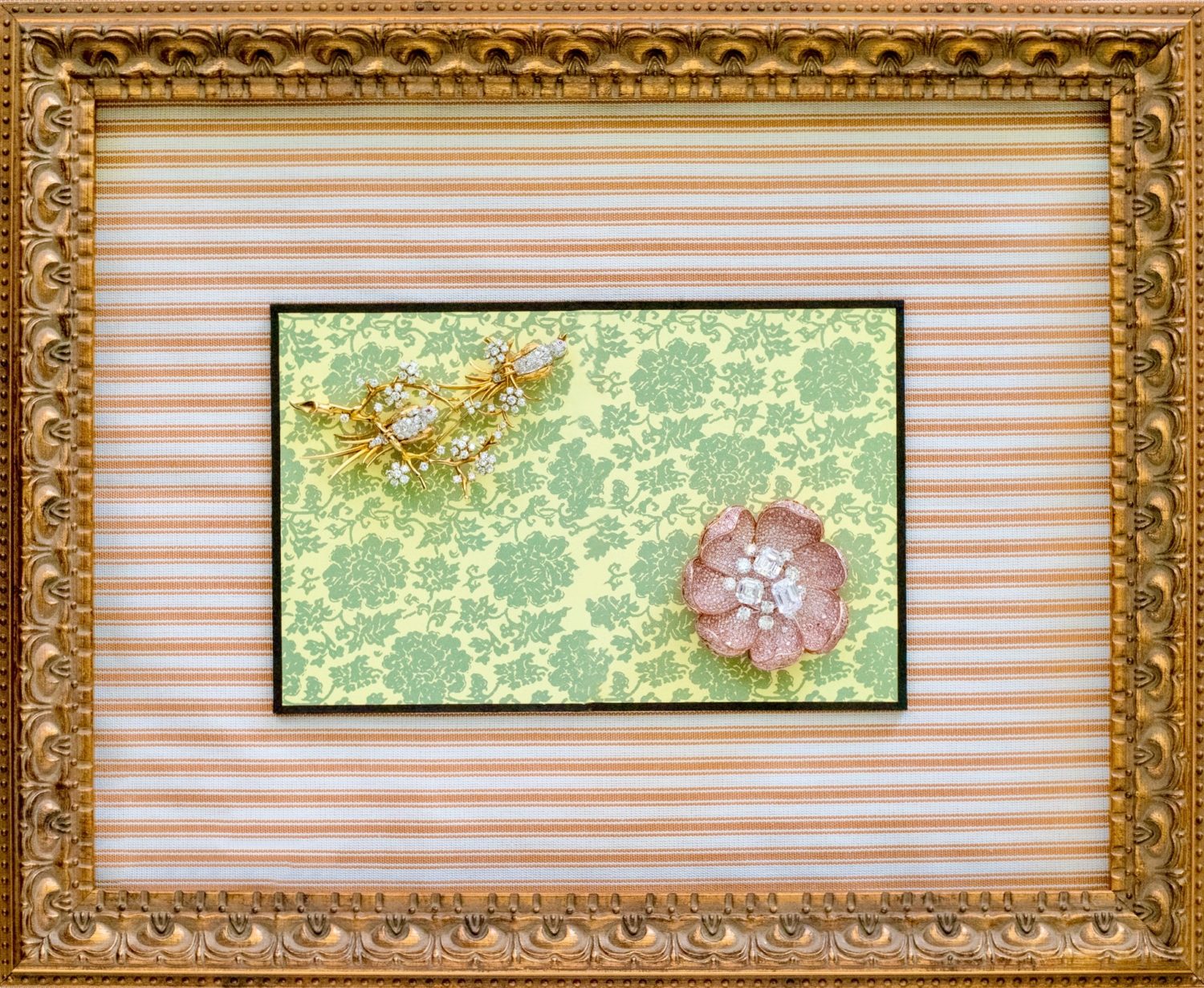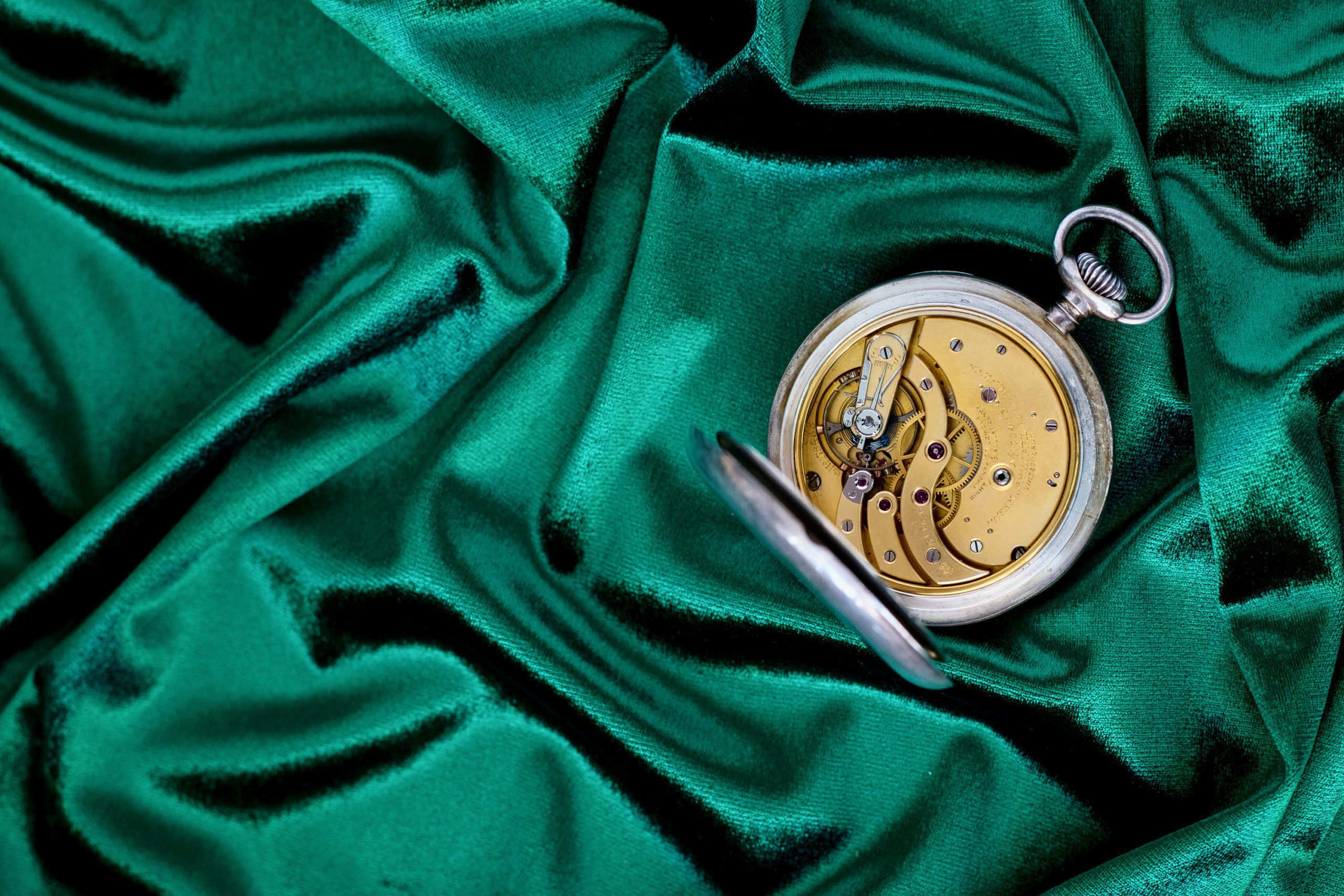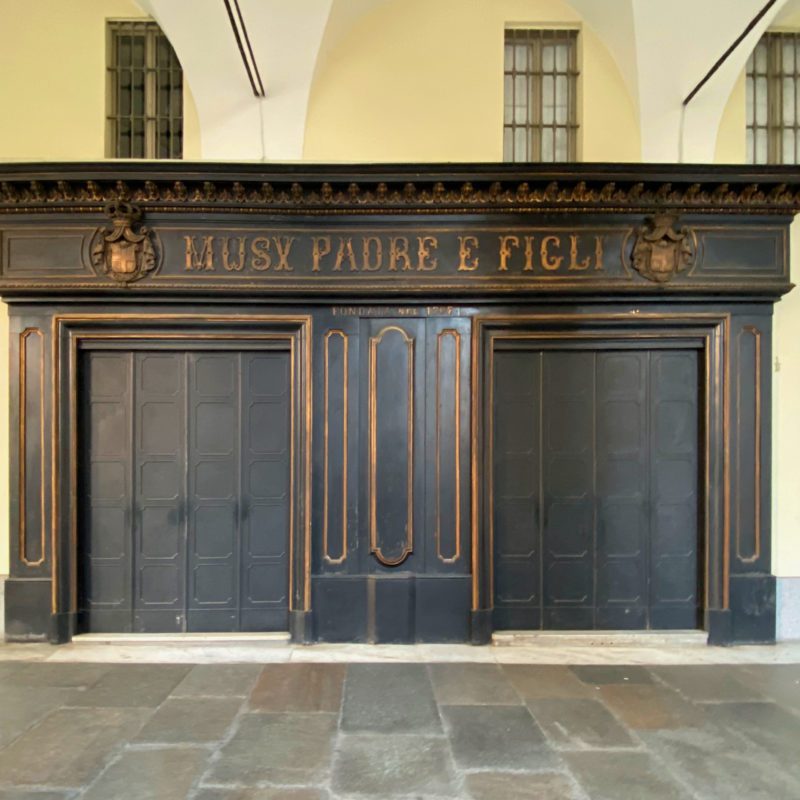Follow along on our journey as we dive into the history of Sotheby’s and the stories behind some of their magnificent jewels and timepieces.
Where it all started
As the oldest and largest internationally recognized firm of fine art auctioneering Sotheby’s has unfurled its legacy over nearly three centuries.
The pioneer was Samuel Baker. Proclaimed entrepreneur and part time publisher Baker found success as a bookseller in London. He would ultimately hold his first auction on March 11, 1744 under his own name. The sale would include several hundred rare and valuable books from the library of Sir John Stanley fetching a grand total of £826 and officially marking the beginning of Sotheby’s story.
Following his early success , Baker quickly became the premier auctioneer of British libraries and would even auction off collections belonging to European royalty. In 1767, Baker sought out new business partner, auctioneer George Leigh, who was known for conducting business with an ivory gavel. Baker would pass in 1778. His estate was divided between Leigh and Baker’s nephew, John Sotheby who would continue to grow the business. John Sotheby, expanded the auction house’s collection beyond literature to include the sale of prints, medals, coins, and rare antiques. With new partners added to the flourishing business, John decided to rebrand the company and in 1864, the auction house took the official name of Sotheby, Wilkinson and Hodge later shortened to “Sotheby’s”. In 1917, the business moved its headquarters from London’s Wellington Street to New Bond Street, where it still has its office today.
In recent years
From literature and furniture to fine art and jewels, Sotheby’s current collection includes just about everything imaginable. Throughout its history, Sotheby’s has handled some of the most important manuscripts and library collections to be placed up for auction including Napoleon’s Library (1823), the 68-carat diamond bought by Richard Burton and Elizabeth Taylor (1969), Einstein’s Theory of Relativity (1987), The Andy Warhol Collection (1988), and even Sue the T Rex, now the star attraction of the Field Museum in Chicago (1997)
Today the firm has 80 offices in 40 countries. Their success is partially from their ability to adapt and lead the industry into unknown territory. With the cancellation of art fairs and traditional auctions due to the global pandemic, Sotheby’s was the first auction house to successfully shift to a hybrid digital auction format and create new mobile and web experiences to drive a much larger portion of sales online.
Although Sotheby’s is well known for breaking records in the industry with large sales, they are devoted to discovering interesting pieces for everyone to cherish. From items large and small, every piece that joins the Sotheby’s collection has a unique story to uncover.
Magnificent Jewels & Timeless Watches
“Jewelry specialists at Sotheby’s believes that Jewelry is the most personal of the decorative arts – telling the story about the people who once owned them and often offering a fascinating glimpse into another era.”
Among the Hidden Wonders of Sotheby’s lies their jewelry and watch collections. Each of these fascinating pieces holds a unique history. We set out to find the stories behind some of these magnificent pieces available for the upcoming auctions in Geneva and New York. We were amazed at what we uncovered.

In the late 1960s, Webb’s gaze moved from the earth up to the cosmos. Though humans have contemplated constellations for thousands of years, Astrology saw a unique surge in the 20th century, sparked by the introduction of daily horoscopes. Soon came the dawning of the “Age of Aquarius,” ushering in a zodiac craze that heavily influenced popular culture. Everything from Betty Crocker cakes to Wurlitzer jukeboxes to Zippo lighters took on the Zodiac’s name.
A flashy new style? Recalling multiple ancient cultures? Primarily represented by animals? For a bold new era? You bet he got involved. Enter the David Webb Zodiac Collection: A New Take on a Classic Theme.

David Webb found his muse by frequenting the Met. There, he could journey back in time and study the elaborate armor of Mayan rulers; drawings of Celtic knots and swirls, sculptures of Buddha and other deities; Middle Eastern craftwork; or decorative Chinese handscrolls. Such relics of the distant past inspired his “recipes” for the future. After perusing the galleries, Webb would return to his workshop and translate such bygone styles into jewelry for modern, unabashedly glamorous women. He first gained notoriety for his dynamic use of gold, which he combined with alloys that gave his pieces a luster more closely resembling Incan or Egyptian artifacts than predictable Park avenue bling. He polished them for days to attain that ancient look: drenched in history, fit for an exhibit.
READ FULL STORY HERE
The watch is rare not only for its navigational feats and subsequent embellishments, but also for its silver case: Patek watches are usually gold. Its delicate, extremely thin hands are also of note, as they bear a deep blue shade—a design achieved by temperature. Not the frigid temperature of the Poles, but rather a kerosene lamp which, when used over high heat and directed by expert hands, renders the desired color.

That spirit of exploration is shared by museum goers, as they’re invited to observe 34 million specimens and cultural artifacts and 45 permanent exhibition halls—including one dedicated to the extraordinary achievements of intrepid polar explorer, Lincoln Ellsworth. Within, you’ll be treated to a panorama of the frigid Antarctic, festooned with artifacts from his many exploits.
READ FULL STORY HERE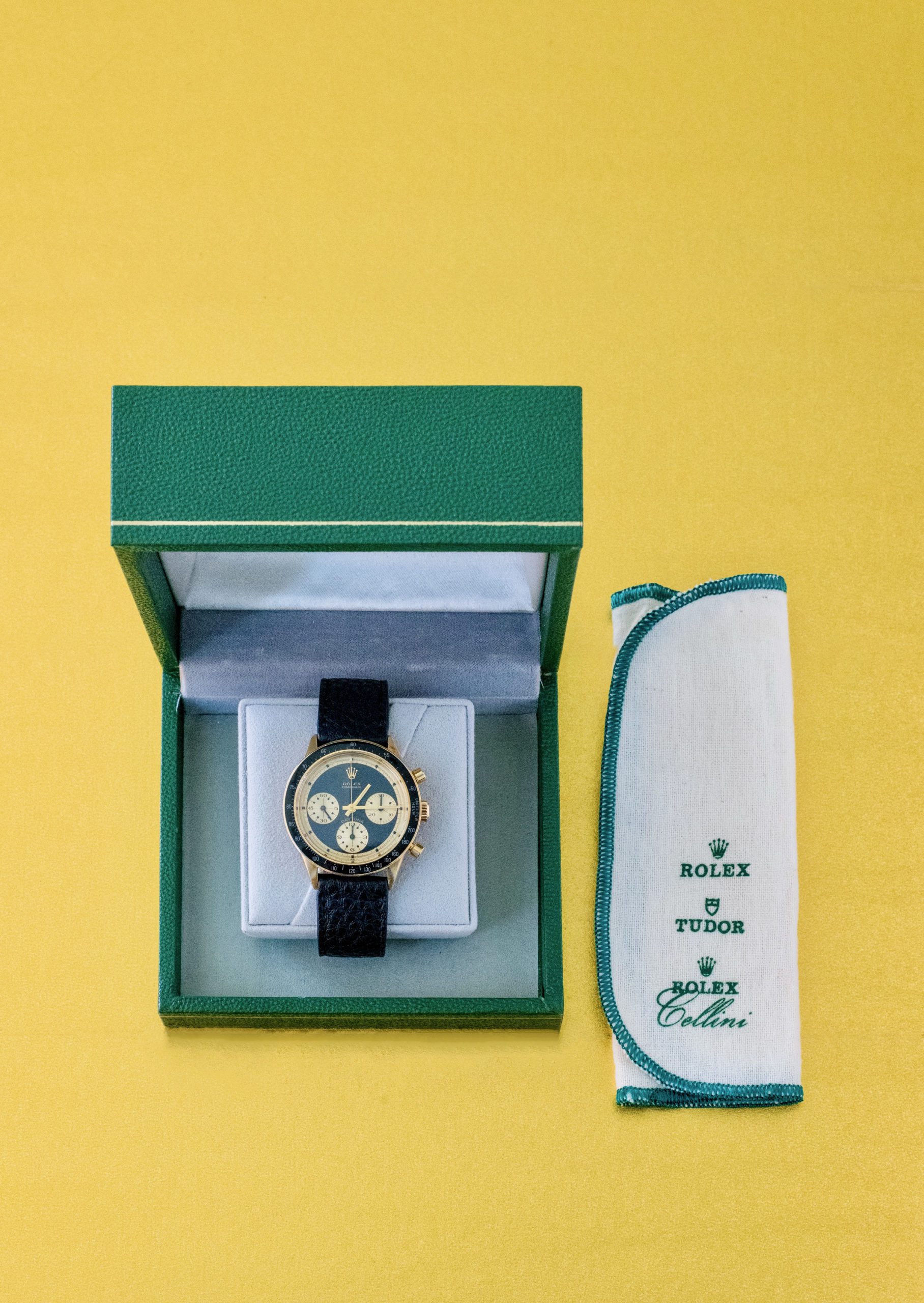
Cast as a racer in the 1969 film Winning, Newman’s training ignited a genuine passion for the motorsport. He went on to participate in competitive racing and remained devoted for the rest of his life. When his racing career truly accelerated, his wife and costar, Joanne Woodward, gifted him the rarest, most exclusive Cosmograph Daytona watch, fitted with an “exotic” dial. She engraved it with a cautionary message: “Drive Carefully, Me.”
That year he was photographed often, with the watch featuring prominently. He wore it daily, especially on the track. Newman was not an official sponsor, but he was a Rolex enthusiast. And conveniently, the world was enthusiastic about the blue-eyed Hollywood icon. It became common to identify the watch as a Paul Newman Daytona.

Daytona Beach, Florida was the first place to attract and accommodate motorsport aficionados, thanks to its wide spans of open, compact sand—considered ideal for speed. In 1936, the first stock car race was held on the Daytona Beach Road Course. Decades on, NASCAR founder William “Bill” France Sr., recognized the limits of the locale, given forthcoming land developments and a surge of enthusiasm for the sport. His initiative and drive led to the creation of the “World Center of Racing,” the Daytona International Speedway.
READ FULL STORY HEREExplore Magnificent Jewels & Important Watches
Visit Sotheby's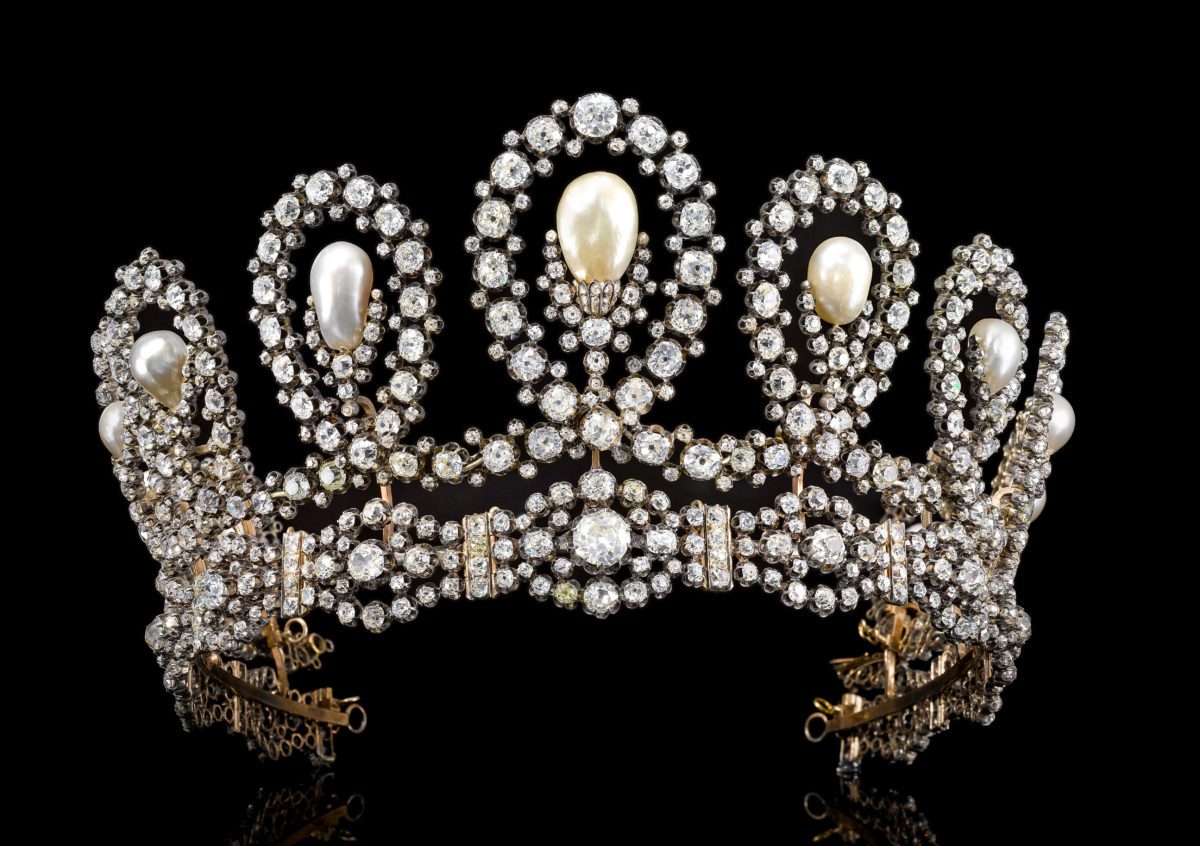
The first question begged of a grand tiara is inevitable: who wore this? This particular stunner was given to Princess Maria Vittoria dal Pozzo, a noble by all definitions, who was born into influence. Her father was a Sardinian nobleman and politician, while her mother hailed from Belgian aristocracy. Maria Vittoria was born in Paris in 1847, during a time of enormous upheaval across Europe. After her father was exiled from Sardinia due to his support for Italian unification, the family moved to Turin, where he entered the heart of political life, right around the time that King Vittorio Emanuele became the country’s first monarch, in 1861.
This tiara’s multiple diamonds frame eleven natural, saltwater pearls, with the central pearl supported by a rose diamond mount. The band is also set with cushion-shaped diamonds, and its frame is signed Musy. Like many of Musy’s finest, the piece is versatile, with a detachable top that enables it to be adapted and worn as a necklace.

The Musy family was originally from Massongy, a small village in southeast France. Giacomo Musy left home to follow his passion, enrolling in a goldsmith and watchmaking course in the capital of timely precision: neighboring Geneva. He settled in Turin in 1706 and opened a workshop with his son, Luigi—who only had to train for about a half century before being officially appointed “master watchmaker.” Soon, he and his brother were given an even loftier endorsement: “Goldsmiths and Watchmakers of the House of Savoy.” The relationship profited everybody, with Musy Padre e Figli providing gleam and glamor for multiple queens and princesses. The shop isn’t named Musy Father and Children for nothing: successive generations have trained as apprentices in the delicate trade, before taking the helm.
READ FULL STORY HERE
Given as a gift from the people of Punjab to Hariot Georgina Rowan-Hamilton, Marchioness of Dufferin and Ava for her tireless efforts to create adequate women’s health care in India. Mined in a remote corner of the world, this short-lived deposit yielded the fabled Kashmir sapphires, regarded as some of the finest in history. Weighing over 25 and 55 carats (respectively), they are as rare and impressive as the woman who accepted them humbly and wore them with grace.

Born in 1843, Hariot Georgina was the eldest daughter of Archibald Hamilton-Rowan and Harriet Abdy. Their family seat was Killyleagh Castle, a fortress of wonder off the shore of Strangford Lough in County Down (now Northern Ireland). With elements of the storied estate dating back to 1180, many cite it as Ireland’s oldest castle—and among the most ancient, still-inhabited castles in the world. Hariot went on to established The National Association for Supplying Female Medical Aid to the Women of India, popularly known as Lady Dufferin’s Fund, or the Countess of Dufferin Fund. Eminently popular and respected, she cultivated a reputation as “the most effective diplomatic wife of her generation.”
READ FULL STORY HERE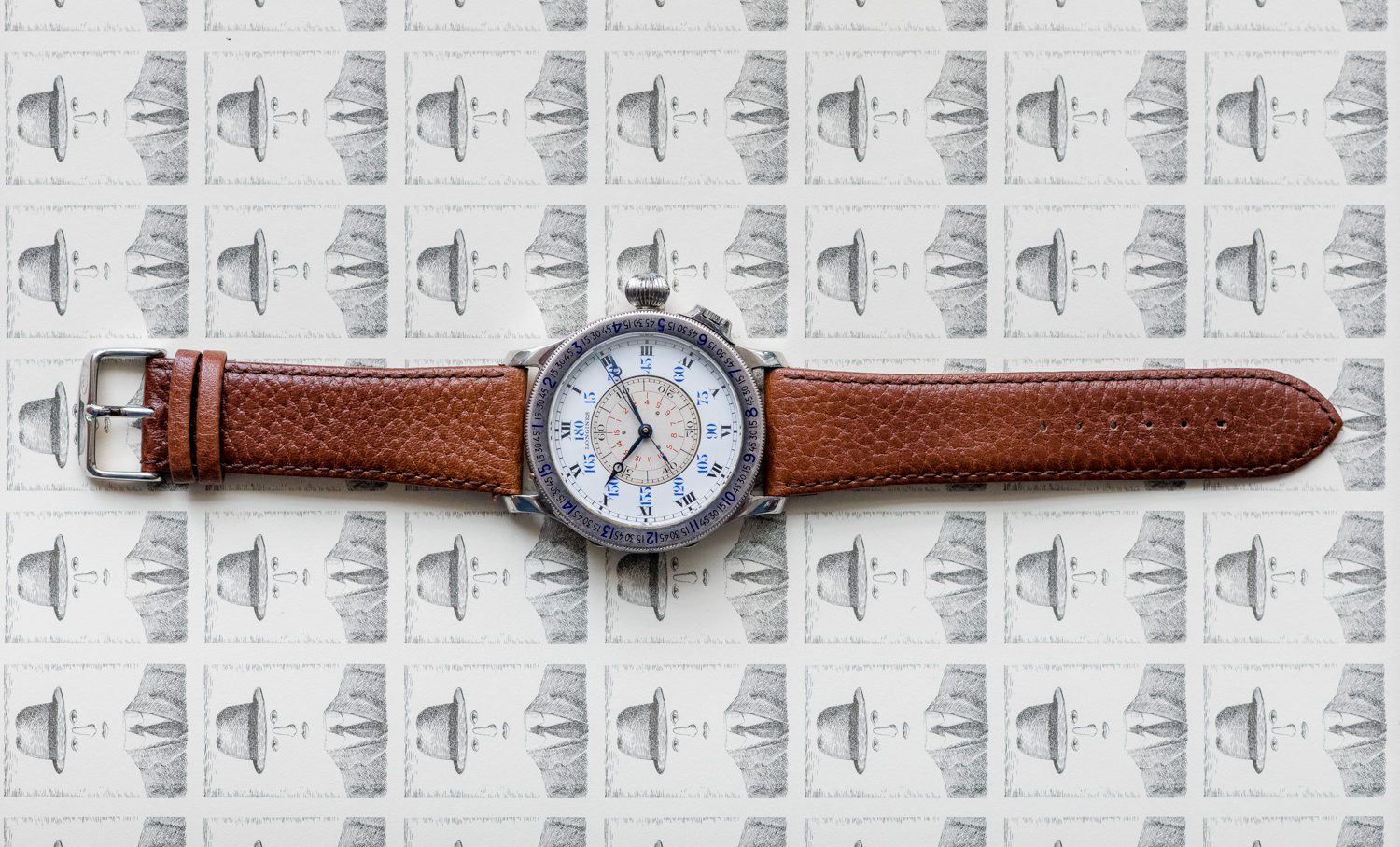
To look upon an elegant Lindbergh Hour Angle watch and marvel at its intricate design is akin to peeking inside the cockpit of a plane. What in the world are all those dials and knobs and numbers and gauges??! There is no less wonder contained within this stunning timepiece. As Charles Lindbergh learned, the Earth’s orbit around the sun is not perfectly circular, which means that not every day is the same length. And while your ‘80s Casio may have blown your mind by having a calculator, the Lindbergh Hour Angle watch is capable of perceiving and displaying each day’s slight time differentiation, which is crucial when it comes to navigation.

The Long Island venture that encouraged the construction of Floyd Bennett Field was the winning flight for the Ortieg prize—$25,000 offered to the first aviator who completed a non-stop flight between New York and Paris. Though he hated the nickname, Charles “Lucky Lindy” Lindbergh had plenty of good fortune – much in the shape of extraordinary weather conditions – to thank for his solo transatlantic success, finally achieved in 1927.
READ FULL STORY HERE
























